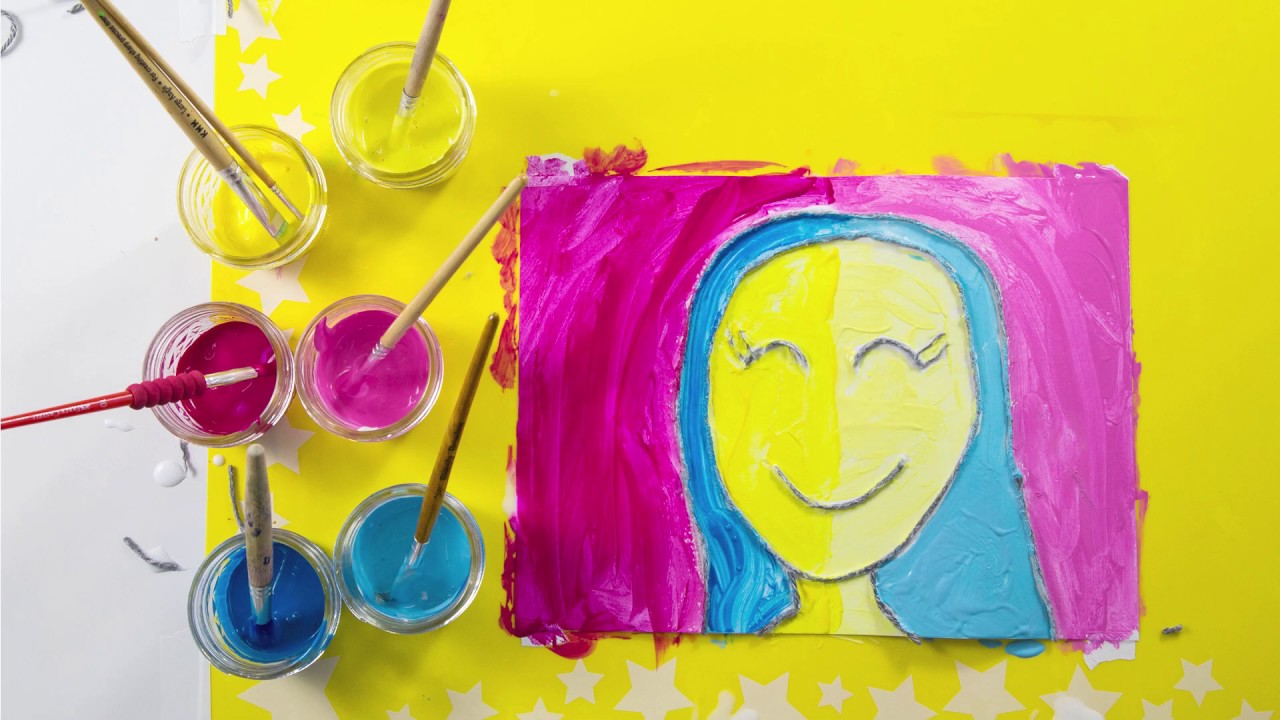Whether you’re a parent or a school administrator, there are numerous reasons why art programs benefit students. Students who take art classes in school tend to score higher on standardized tests and exhibit greater critical thinking skills than students who don’t take art classes. Students who participate in art classes also tend to cooperate and express themselves better with their teachers. Consequently, art programs benefit students and educators alike. Below are just a few of the many benefits of taking art classes in school.
Increases self-confidence
Art programs are a proven way to build student self-esteem and increase their overall self-confidence. The best way to build confidence is to do what you love. Passion is an essential ingredient for building self-esteem. Popular performers are often shy or don’t like being in the spotlight, but they can overcome these fears when performing. Art programs encourage students to express themselves creatively and to be creative. Students can find their own creative voice through art, and gain self-confidence in the process.
The relationship between arts participation and self-esteem is more pronounced in children who engage with the arts regularly. Parents’ reading and music ability were not the moderators, but this relationship is still significant. Parents’ involvement in arts activities can have a powerful impact on children’s self-esteem. This is especially important because self-esteem tends to decline as children reach adolescence. However, this relationship is not limited to the arts. Arts involvement is associated with improved self-esteem throughout a child’s life.
Research supports the need for interventions in arts education. The effects of self-esteem among dancers were significantly reduced after art programs were implemented. Another study on self-esteem in dancers found that art programs helped students improve their self-esteem. However, a larger scale study is necessary to confirm the benefits of arts education for all students. And, a validated self-esteem questionnaire is essential to any study.
Improves self-understanding
Arts-related study helps children build a strong sense of self-esteem. It helps young people cope with criticism, build self-respect, and accept praise from others. Children also develop good interpersonal skills and develop a sense of community through art activities. In addition to improving self-esteem, arts-related study builds confidence. Here are some ways arts education can benefit your child. Let us look at each one.
Improves problem-solving skills
Art and problem-solving are both essential elements of the 21st century, but how do you teach these skills in the classroom? The good news is that there are several effective ways to do this. One way is through art programs. Art and creative problem-solving programs are particularly beneficial for developing students’ creative thinking. This article will briefly examine how art can improve students’ problem-solving skills. It also discusses the role of art in the development of creativity.
Problem-solving skills are important for every aspect of modern life. Art students develop critical thinking skills by carefully examining a complex issue and forming a judgment. This requires careful study of the available information and considering multiple interpretations before arriving at a sound conclusion. Critical thinking is a highly developed skill, and art classes can help develop this valuable skill. However, the benefits of art programs go beyond the tangible results.
Learning through art can boost children’s academic performance, foster personal growth, and increase their communication skills. The arts help children develop their skills in patience, perseverance, and critical thinking. They can even contribute to a more peaceful environment by developing these traits. And as an added bonus, art helps children improve their problem-solving skills and critical thinking skills, which carry over to other areas of their lives. A study from the Guggenheim Museum revealed that a child who receives a creative education outperforms their peers in school.
Reduces disciplinary incidents
The benefits of arts-learning experiences are numerous and include improving social, emotional, and academic outcomes. According to research from Texas A&M and the University of Missouri, art programs reduce disciplinary incidents for students by 3.6 percentage points and increase STAAR writing achievement by 0.13 standard deviation. Additionally, they have positive impacts on school climate and student behavior. Several school districts across the country have begun implementing arts-learning programs.
Arts education has numerous benefits for students of all backgrounds, and these benefits are especially significant for students at-risk of falling out of school. According to a study by the National Endowment for the Arts, students from arts-rich schools demonstrate civic-minded behavior. They are more likely to be involved in national elections and volunteer activities. Further, students with arts experience are three times more likely to earn a bachelor’s degree.
Research has shown that arts-education programs improve school climate. Involving students in creative projects helps build student self-esteem, and encourages mutual respect among peers. While these benefits are widespread, data on their actual social impact are not widely collected. Further, future efforts should expand the types of measures used to assess educational effectiveness. For example, the study found that a higher percentage of arts-learning students in a school reported fewer disciplinary incidents than schools with low art-education enrollment.
Improves academic achievement
Research suggests that arts education can have profound effects on student achievement – especially for struggling students. A decade-long study of after-school programs found that arts programs improve student achievement more than other academic programs. Arts involvement increased students’ motivation and prepared them to apply for selective colleges. Moreover, students with arts experience are three times more likely to earn a bachelor’s degree. Moreover, arts programming also improves students’ self-esteem and prosocial skills.
The benefits of arts education go far beyond the arts. Art classes engage children with creativity and imagination, and imagining the past can lead to more effective science and history lessons. Students who participate in art programs have higher standardized test scores, lower discipline problems, and greater chances of graduating from college. In addition to raising students’ achievement levels, art education is also linked to decreased problems in social and emotional regulation, which are important for academic success.
The public is generally supportive of the arts in education. In fact, more than half of Americans consider arts education to be important to a well-rounded education. As a result, the public perceives a connection between arts study and improved academic achievement. However, there is no definitive evidence to support this claim, so it’s important to keep the arts in the discussion of education policy. But there are many reasons for this positive attitude toward arts education.
Saves money
The funding for arts education is often cut, because the demand for STEM services is so high. But a student’s overall health and well-being are significantly better served by programs that incorporate art. In addition, these programs save money for school districts because they don’t have to hire as many certified teachers. Many school districts are now embracing this change to improve their finances. But there are some important factors to keep in mind before attempting to increase your arts program’s budget.
Many school districts have eliminated art programs, especially in rural or low-income communities. This has left students with little choice but to pay for private lessons or donate their art supplies to charitable providers. And in many cases, they cannot afford to buy an instrument. While this costs money, the long-term benefits are well worth the investment. After all, if your child learns art, he or she will be more likely to go on to college.
Many students do not choose to take arts classes, and most colleges base their admissions decisions on a student’s grades, athletic achievement, and extracurricular activities. Yet students who engage in arts programs do better in math, reading, and other subjects. Besides, arts programs also promote economic growth and contribute to a better student-teacher ratio. These benefits make them a worthwhile investment for every student’s future.

